Wrist Locks:
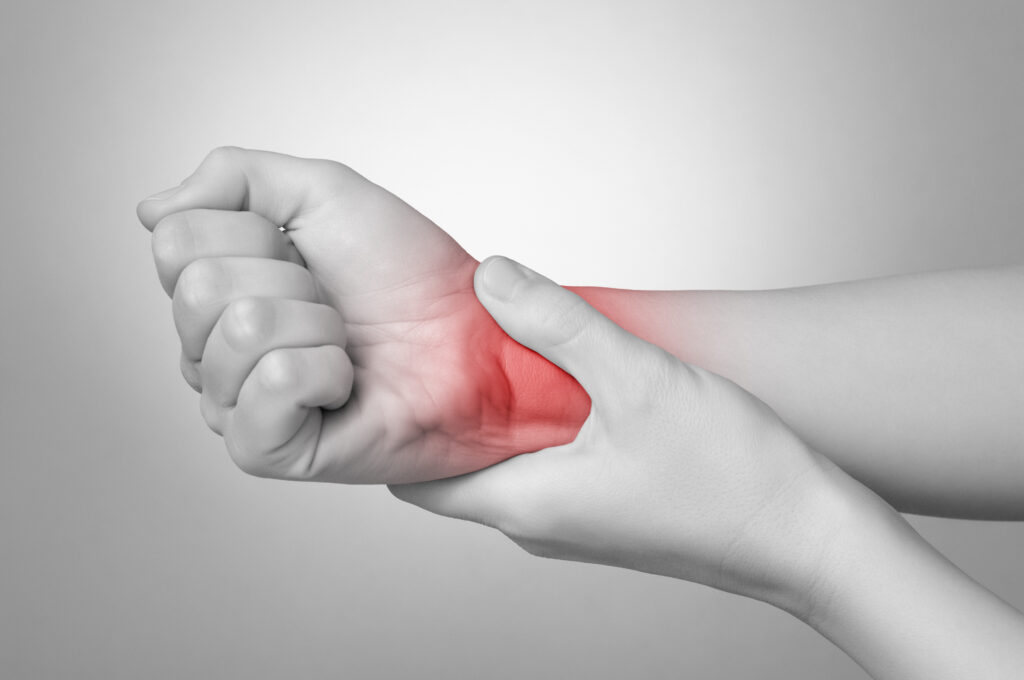
Dirty and Dangerous, Or Good Clean Fun?
By Chris Fletcher
In the case of most submissions, a person has a little extra time to defend themselves by activating big muscles to stabilize the bones around the joint that is being isolated. The wrist, however, has small bones and small ligaments, and no muscles attach directly to eight little bones. So generally, if the submission is put on fast and hard, you are at a real risk of damaging the ligaments.
The wrist is made up of the distal radius and ulna and little bones (carpals) that form two rows and connect to the long bones of the fingers (metacarpals). The row of little bones that are closest to the elbow are the scaphoid, lunate, and to a lesser degree the Triquetrum and pisiform. The second row of carpal bones connected to the long bones of the fingers are the trapezium, trapezoid, capitate, and hamate.

Wrist sprains can occur in Jiu-Jitsu from both wrist locks and falling on an outstretched hand. There are over 45 ligaments in the wrist. The scapholunate ligament (SLL) is the most commonly injured ligament of the carpals, and five percent of all wrist sprains also have a SLL tear. (1) The action of bending the wrist forward with some rotation causes the scaphoid to move one direction and the lunate to move another creating a tear in the ligament. This can lead to instability of the lunate and scaphoid, potential dislocation, bone collapse, and arthritis.
The different wrist sprain grades are:
- Mild overstretching of the ligament but no tears or instability of the joint
- Partial tear of the ligament with mild or no instability of the joint
- Complete tear of the ligament with moderate to severe instability of the joint
Signs and symptoms:
▶ Click/clunk or pain on the backside of the wrist
▶ Limited wrist motion
▶ Decreased grip strength
▶ Swelling
Imaging is typically performed with X-ray and looks to see if there is widening of the space between the lunate and scaphoid. MRI and CT scan may also be used. A partial tear can have good success with physical therapy to address strength, joint range of motion, and ability of the joint to know where it is in space. Surgery is typically recommended for complete tears, and the repairs are different depending on the surgeon performing them. Return to activity is roughly four to six months after surgery with a full recovery at 12 to 15 months. (2)
So if you are someone who loves to wrist lock, please remember that the wrist is small and can be easily damaged. Wrist locks should be applied with finesse and control to protect your training partner so they can continue training pain-free and be able to go to work the next day.
Disclaimer: The content in this article is for informational purposes only – it is not intended to delay or substitute for professional medical advice, diagnosis, and/or treatment. The content is not intended to promote understanding of various musculoskeletal injuries. Content may not apply to your specific condition or symptoms. Always seek the advice of your physician or other qualified medical professional for any question you have for a medical condition.

Our printed magazine is full of extraordinary women with extraordinary stories, get your printed copy via mail today >



 Return to Play
Return to Play 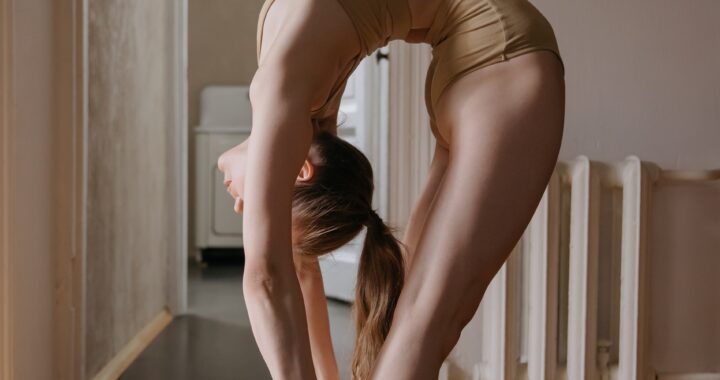 Hypermobility Spectrum Disorder
Hypermobility Spectrum Disorder 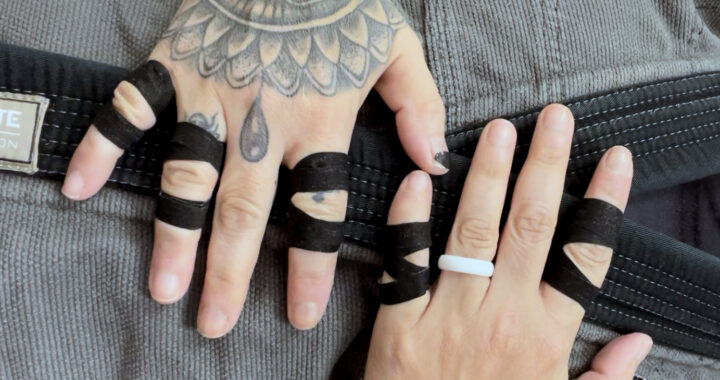 Finger Pulley Injuries and the Value of Taping
Finger Pulley Injuries and the Value of Taping 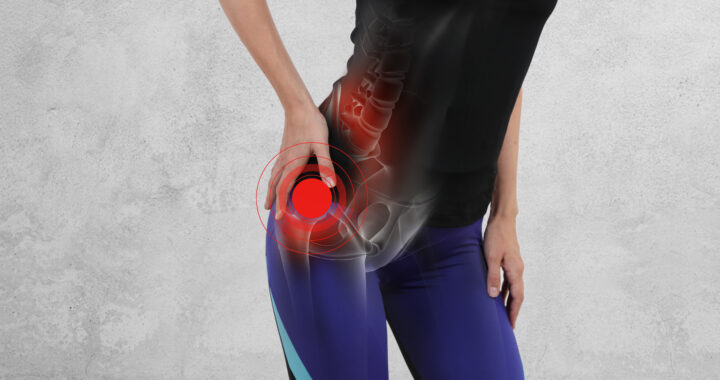 Hip Pain and the Sneaky Tensor Fasciae Latae
Hip Pain and the Sneaky Tensor Fasciae Latae  Low Back Pain
Low Back Pain  Toe Hold
Toe Hold  Father Time is Undefeated
Father Time is Undefeated 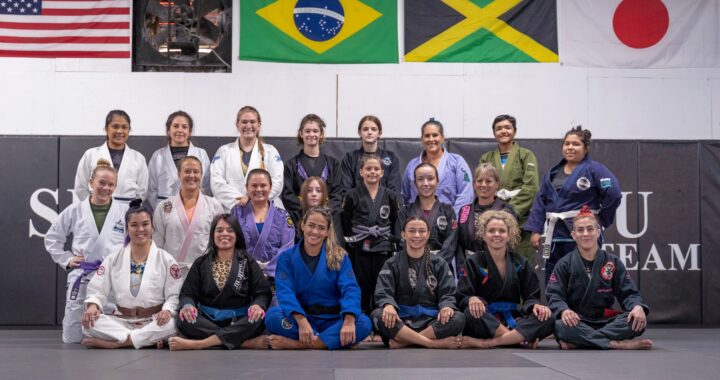 The Jiujiteira Sisterhood
The Jiujiteira Sisterhood 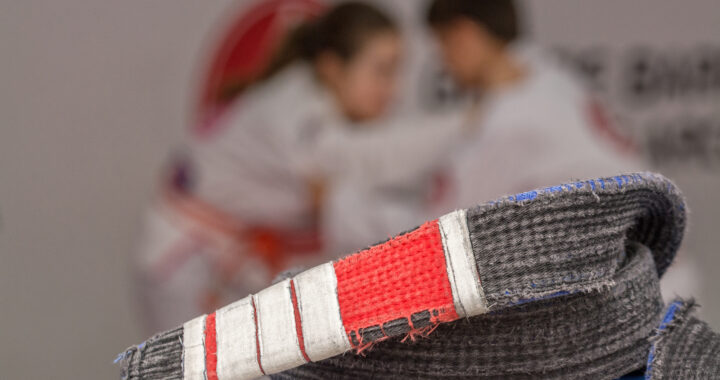 Advice in the Ranks- From White to Black
Advice in the Ranks- From White to Black  ADGS Rome: Jiujiteiras Shine in the Land of the Colosseum
ADGS Rome: Jiujiteiras Shine in the Land of the Colosseum